Retaining walls have a very important purpose in your yard and you can't risk them failing or else, you'll suffer the consequences. It's good to know how often you need to have them replaced to ensure your safety. That's what we did the research to share the answer with you.
Retaining walls last between 20 and 100 years depending on the materials used for their construction. However, when you see visible signs that your walls are failing, you need to have them replaced ASAP to prevent accidents and further damage to your property.
Keep on reading to know more about when you have to replace your retaining walls. We'll tell you the average lifespan of the materials, the telltale signs that your walls are failing, and what causes their failure. We'll also discuss the proper course of action once you see these signs. Let's get this started!

When do you need to replace your retaining walls?
Retaining walls weren't built just for aesthetic purposes. Sure, the stone wall adds a particular charm to your outdoor area, especially in contrast to the grass, flowerbeds, and vibrant plants. However, its main purpose is to keep your family and property safe from flooding and erosion.
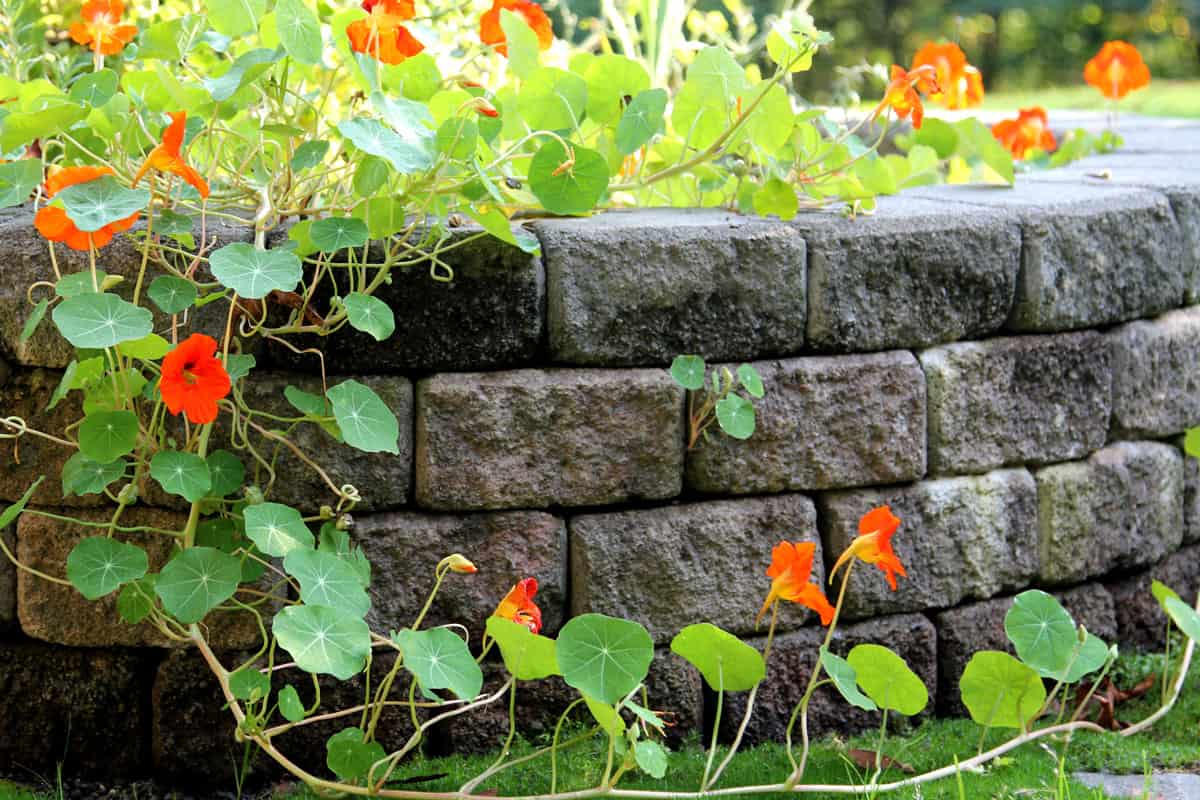
Those living in areas with steep slopes are well-advised to put up retaining walls in their yard to help contain the soil and direct water away from their house. Otherwise, the consequences can be grave.
In the same manner, once you have a retaining wall installed, you need to ensure that it stays in good condition so that it can continue to serve its purpose.
But there will come a time when the retaining wall would falter due to damage or age. That's the time when you should have it replaced so that you don't risk the safety of your family and your property.
So, when talking about how often you would need to have the wall replaced, we need to go back to how long its material would last.
Retaining walls can be constructed using different materials. Take note that not all materials have the same expected lifespan. The length of time that your retaining wall is expected to last would depend largely on the materials used and their capacity to put up with soil pressure.
Types of Retaining Wall Construction Materials and Their Life Expectancy
Wood
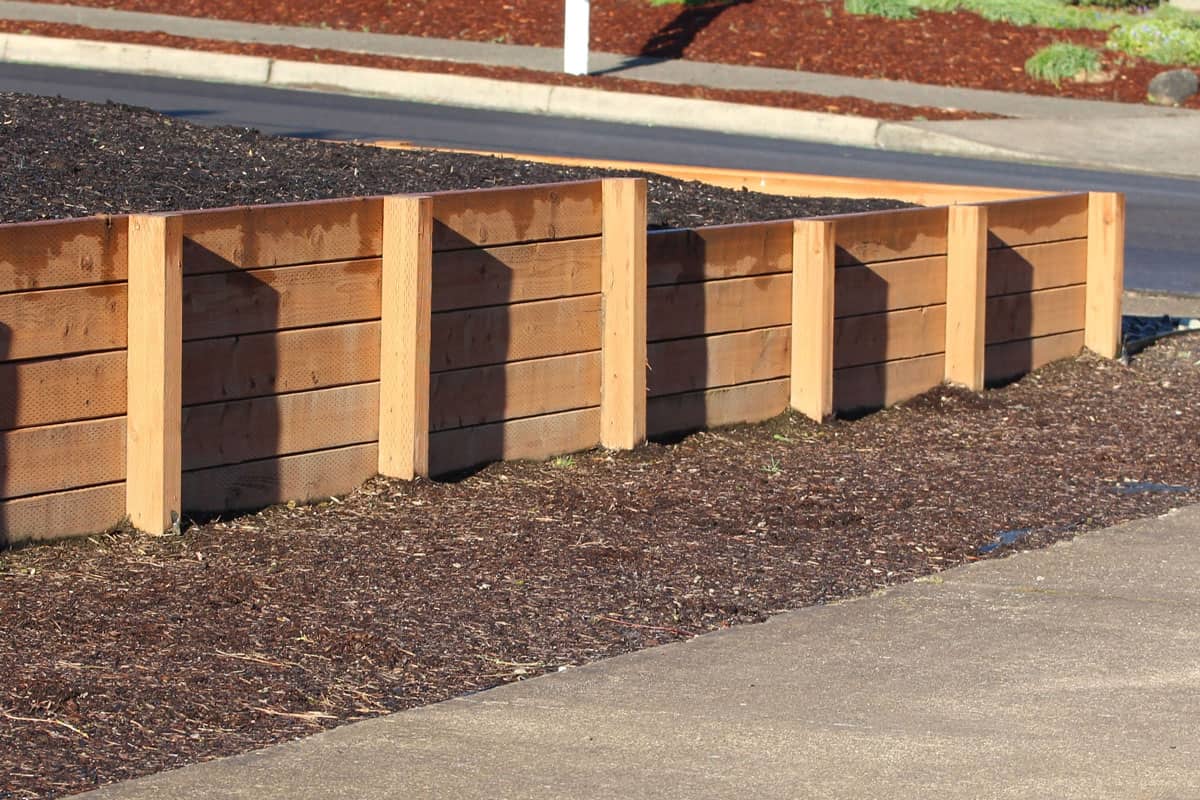
There are different kinds of wood that can be used for retaining walls. You can choose from pine, fir, redwood, or western red cedar to name a few. These woods are treated so that they can withstand pressure and moisture.
Pine and fir can last for about 40 years while redwood and red cedar would be good for around 20 years.
Masonry
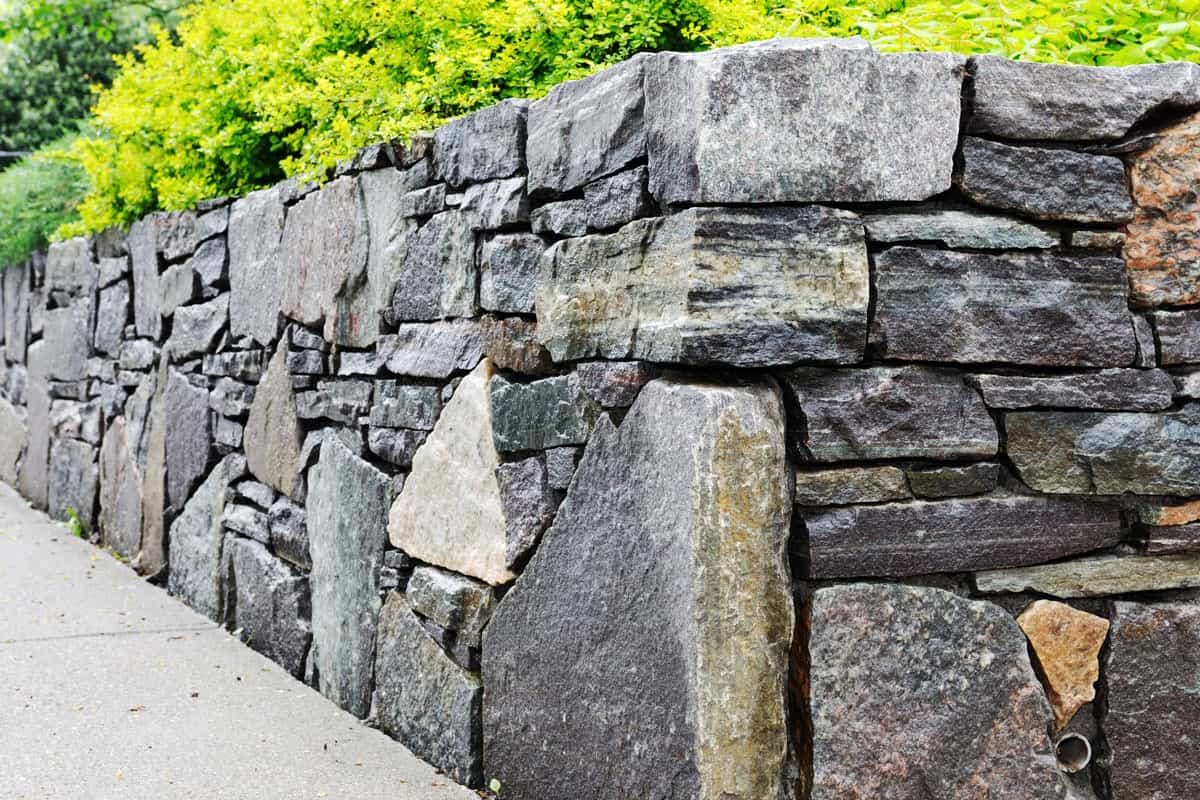
These can be made of brick, stone, or concrete blocks. Concrete and stone can last between 50 and 100 years. Brick has an expected lifespan of 100 years.
Interlocking Concrete Blocks

These are also made of concrete but they are available in pre-cast blocks so that they can be put together with other blocks just like Lego pieces.
Concrete in itself is a durable material but since these blocks are assembled to fit each other, there are seams in between which could be prone to moisture damage and pest intrusion. As such, they have an average lifespan of 50 years.
Poured Concrete
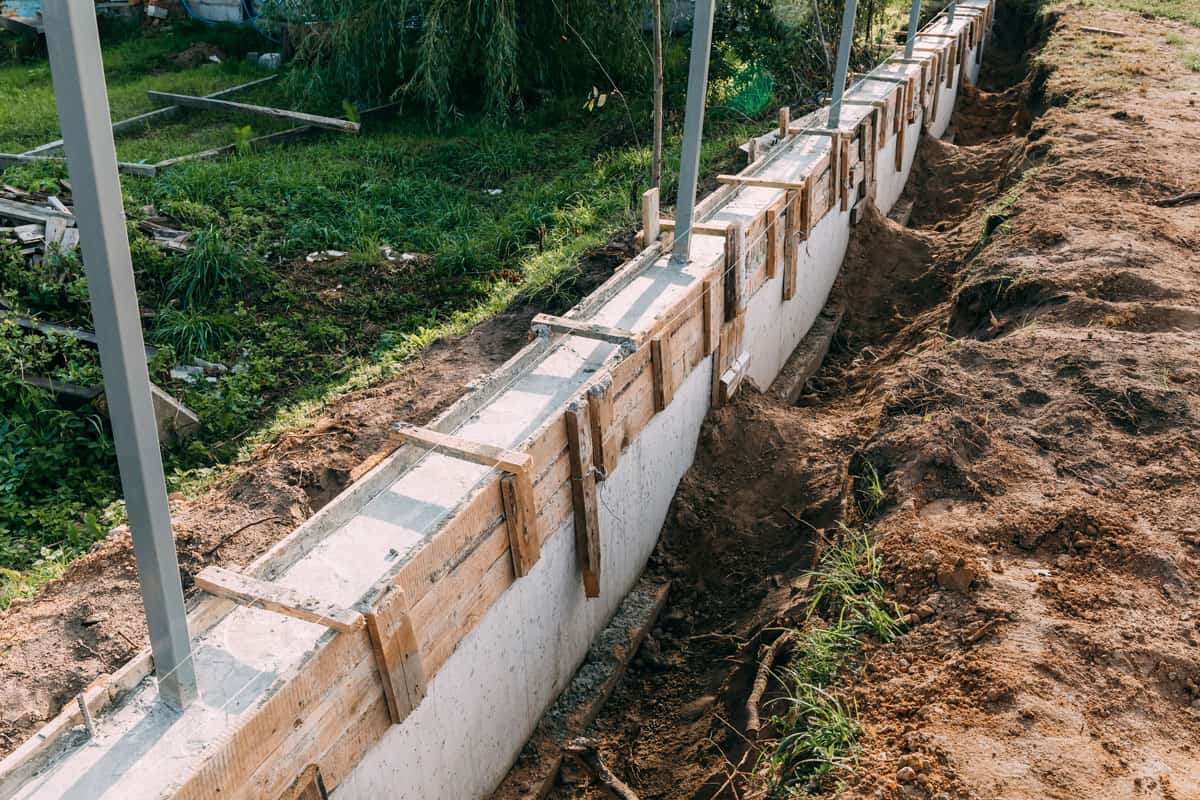
It can be a plain slab or designed by carving, staining, or veneering to have a more attractive appearance. As mentioned earlier, concrete could last between 50 and 100 years.
In a nutshell, retaining walls can serve their purpose for 20 to 100 years depending on the materials used. Those made of bricks would last the longest while wood has the shortest lifespan.
But of course, their expected lifespans don't guarantee that they'll remain standing for that long and you just have to wait until those number of years are met before you replace your retaining walls.
Note that other factors affect the condition of your retaining walls such as climate, installation, proper drainage system, and other environmental conditions. That's why you need to know the signs that'll tell you that your retaining wall is failing.
Signs of Retaining Wall Failure
Watch out for these noticeable signs on the surface of your wall.
- Cracks on the wall and ground
- Separation of a portion of the wall
- Crumbling mortar
- Leaning, tilting, or bowing walls
- Subsidence or sinking of the surrounding ground
- No water coming out of weep holes after the rain
- Water leaks in unexpected spots
When you notice any of these signs, consult a landscaping contractor immediately. For safety purposes, don't ignore these early warning signs.
Do not attempt to DIY also. Have a professional take a look at it so that you will know the proper steps to take to solve the problem. There are technical considerations such as soil compaction and water drainage. This requires the knowledge and skills of professionals for proper assessment.
Always put a premium on quality when it comes to materials and workmanship. After all, we're not just talking about making your yard look great but more importantly, we're after your safety. This can also save you a lot of bucks on costly repairs.
Why do retaining walls fail?
The above signs of retaining wall failure could be caused by any of these things.
Material Failure
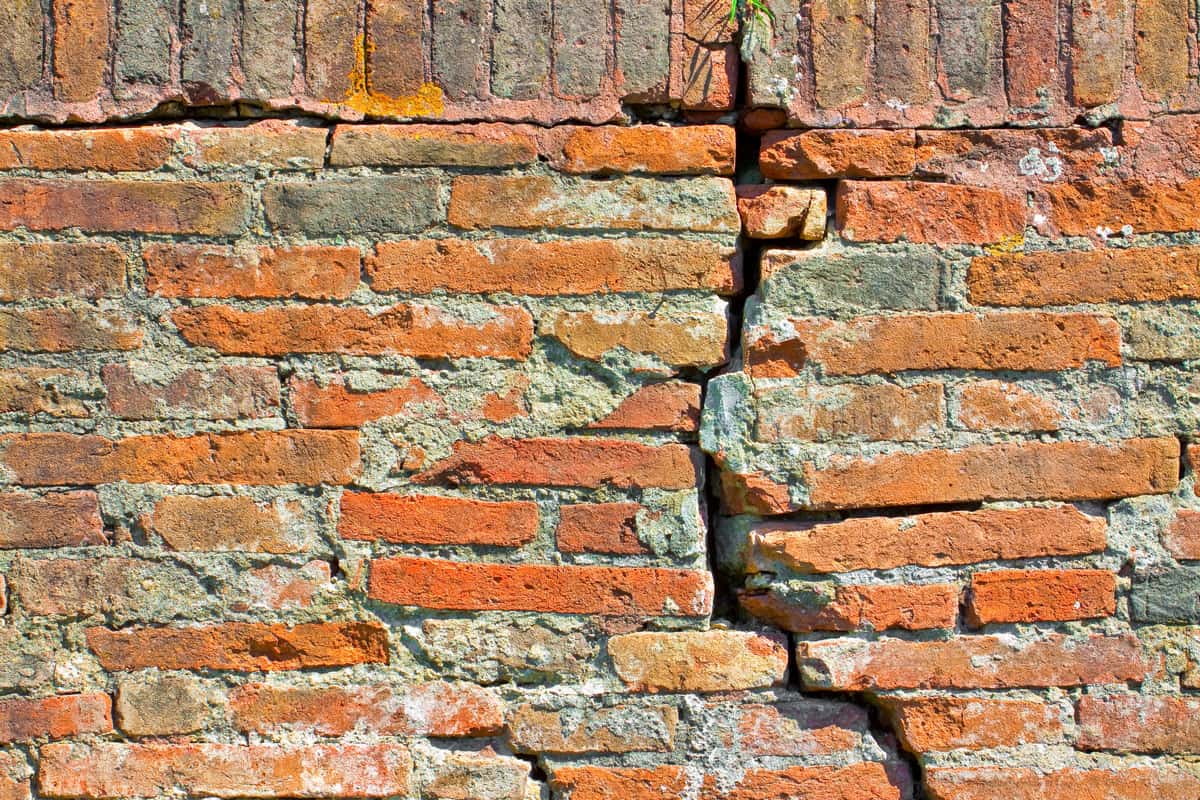
This happens when the chosen construction material for the retaining wall isn't capable of handling the soil pressure, especially during consecutive days of heavy rains.
This is a common concern for those with wooden walls as wood is susceptible to absorbing moisture and this leads to faster disintegration of the material.
Structural Design Issues
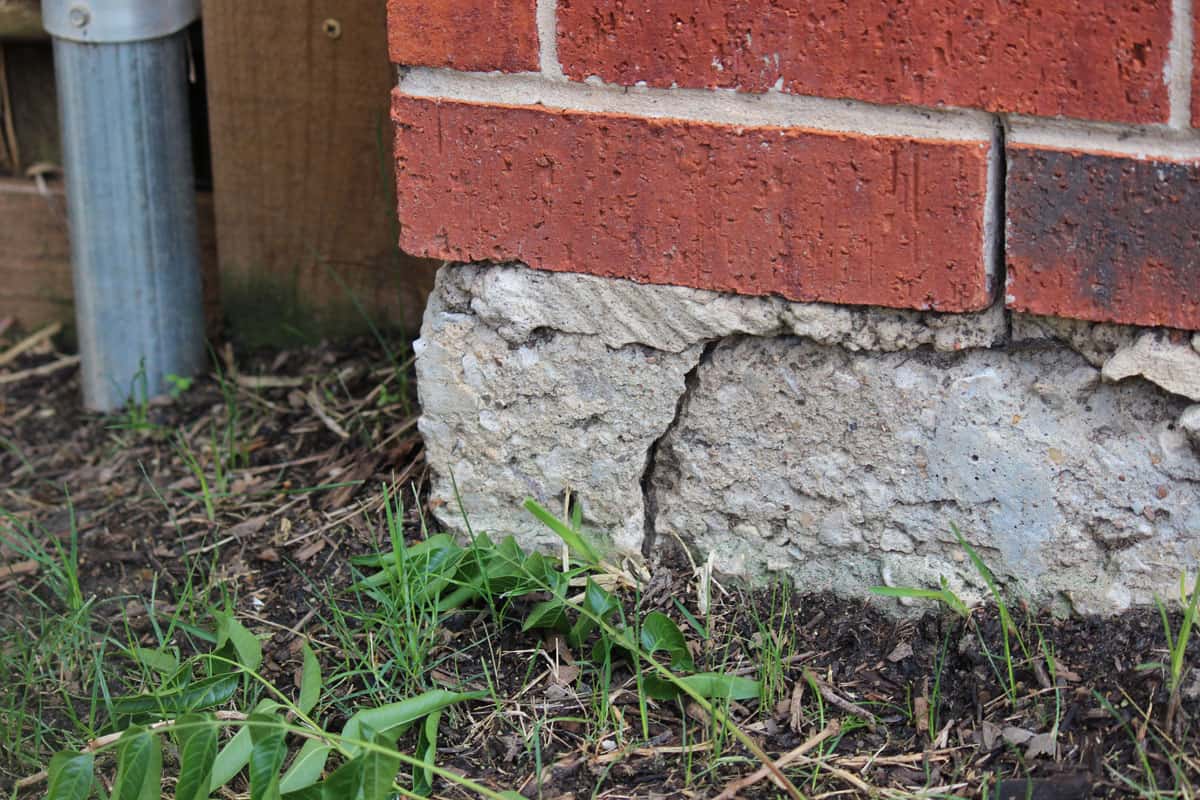
When the retaining wall's structure isn't designed to handle the soil pressure or lacks a proper foundation, it would crack, crumble, and fall from the heavy weight of the moist soil.
Poor Drainage System
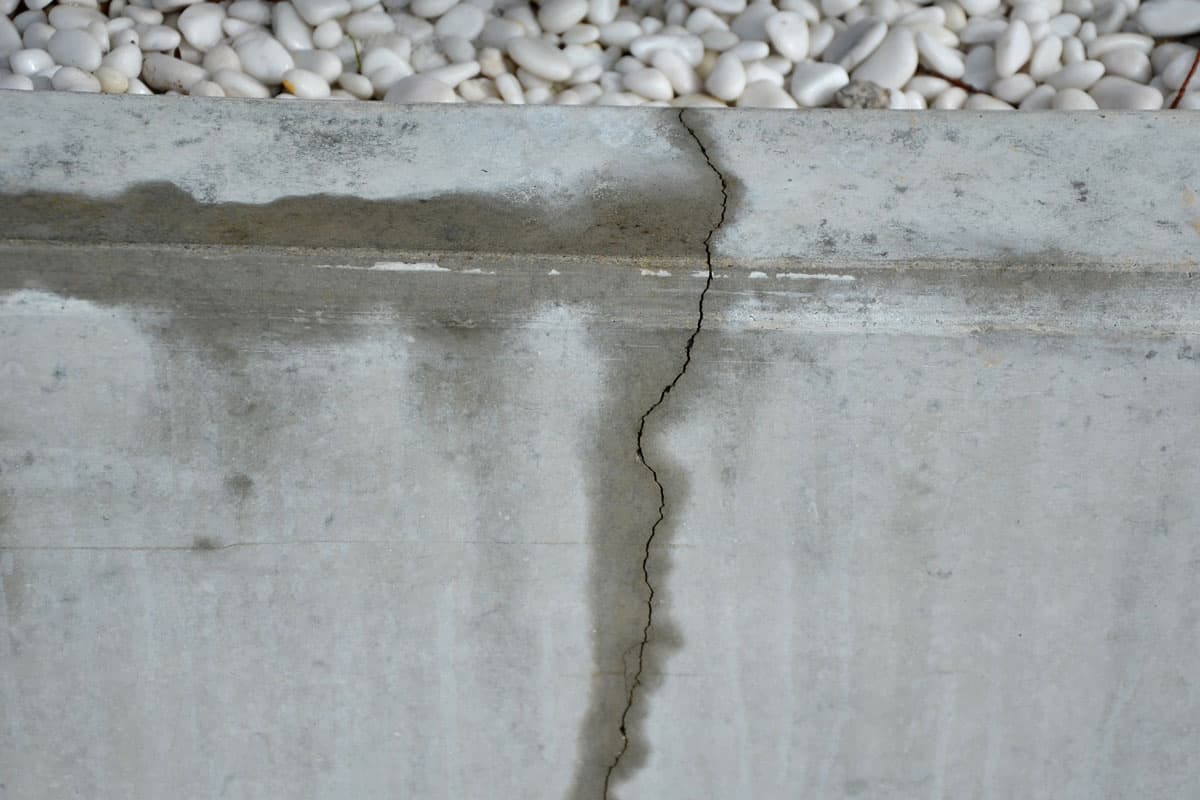
This is the most common reason why retaining walls fail. When water isn't directed away from the retaining wall, it would be absorbed by the soil. In turn, this would make the soil heavier and apply more pressure on the retaining wall's surface.
Water could also seep through the retaining wall itself which would lead to moisture problems and weaken the material at a faster rate.
Root Damage
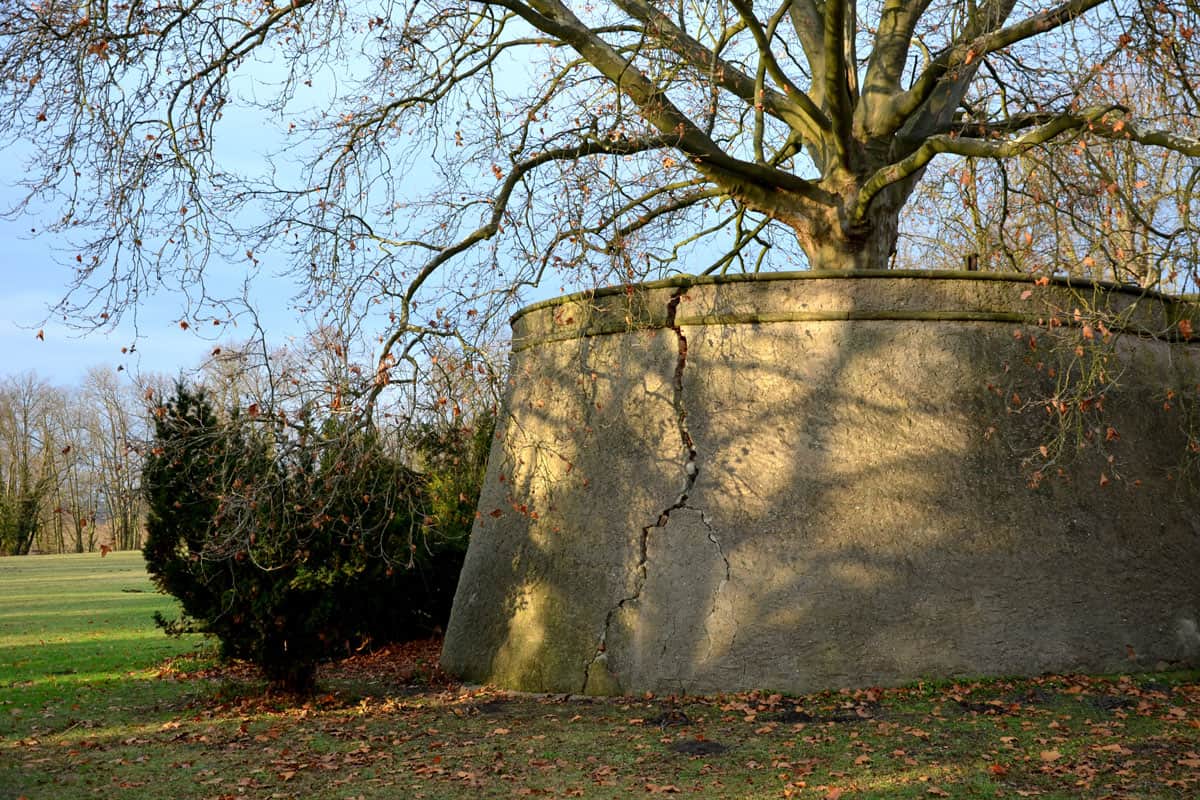
When your retaining wall is near a tree or shrub, its roots could find their way underneath the retaining wall. This would cause the wall to be displaced. The wall could also crack under pressure as the roots expand.
These are the main issues that contribute to the failure of your retaining wall. Talking to a landscaping contractor would help enlighten you regarding these matters and you can also discuss the best step to fix the problem.
Should I fix, replace, or tear down my retaining wall?
When you notice the signs indicating that your retaining wall is failing, of course, you would wonder what to do next. You might be thinking about some short-term solution to remedy the situation or worrying about the replacement cost.
But tearing down your wall should never be an option unless you already have a backup plan on how to resolve the steep slope situation in your yard. This is risky to do as you'll make your place vulnerable to soil erosion and flooding.
When it comes to fixing the issues or replacing the materials, it would depend on the condition of your retaining wall. That's why you need the expert advice of a landscaping contractor who can assess the situation.
Fixes are recommended when the wall can still sustain the repairs that are about to be done. This means that it would be good as new after it has been fixed. Otherwise, you're just wasting money in delaying the inevitable.
There are times when replacing the wall is much cheaper than having to constantly do repairs. Also, when the damage is beyond repair, there's no other option but to have your wall replaced. And remember to invest in quality materials and construction this time.
Final Thoughts
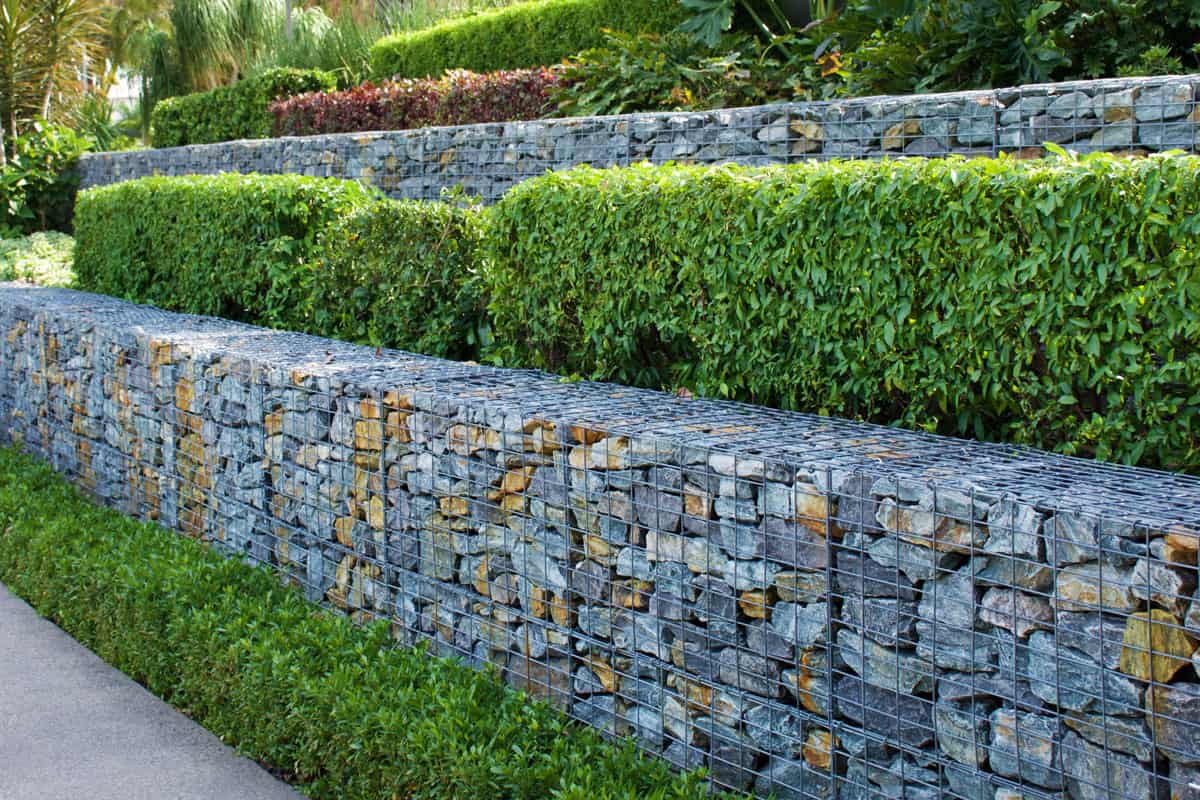
Retaining walls need to be replaced as soon as you see signs that they are failing so that they can continue to serve their purpose. This would help prevent accidents and injuries from happening and you'll avoid more damage to your property.
For more landscaping ideas, feel free to visit the following posts:

![A man using a portable vacuum to collect dead leaves, Will A Leaf Vacuum Pick Up Mulch? [Can It Remove Leaves From Mulch?]](https://landscapingbase.com/wp-content/uploads/2022/09/Man-using-a-portable-vacuum-to-collect-dead-leaves-600x400.jpg)

